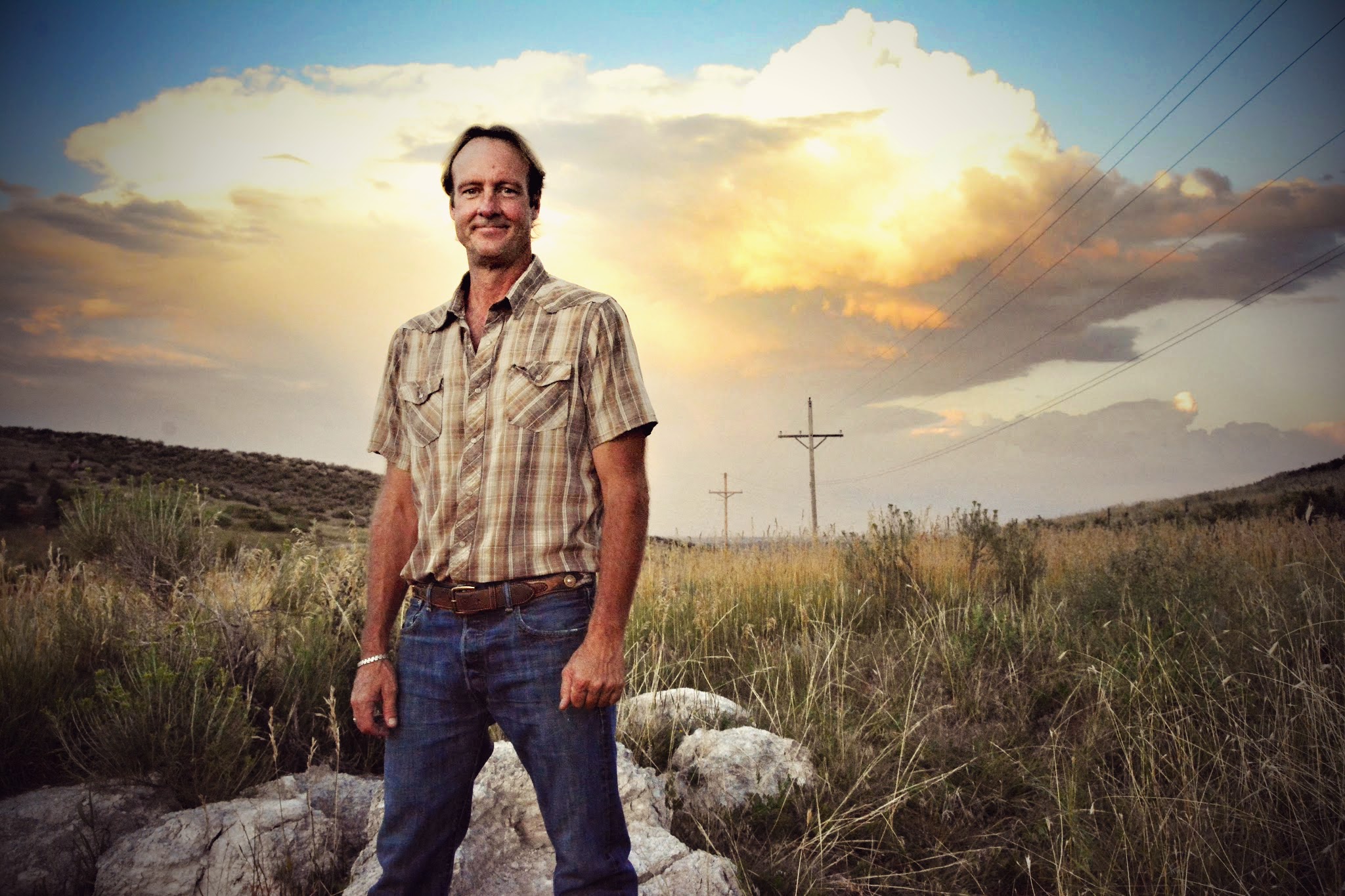
When building commercial or residential properties, it’s essential to take into account the various types of disasters that have been known to occur in the area. For some, this means fortifying their structures against raging wildfires like the Cameron Peak Fire, which damaged and destroyed a number of buildings in its path.
Whether you’re looking to rebuild after a fire or break ground on a new location, these tips will help land buyers build structurally sound buildings that can withstand the test of time and nature for years to come.

TEST SOIL ON NEW GROUND
Before taking any action with construction crews and architects, the first step is to make sure the land you intend to build on is suitable for the type of structure you want to create. Work with a soil engineer or other field expert to analyze the soil and determine the viability of your land. Some elements the engineer might look at include risks of rockslides or mudslides, the overall stability of the soil, and if there are any special design requirements for areas that are located on hillsides or slopes.

REINFORCE WITH STURDY MATERIALS
When constructing a new building, the stability and durability of the interior materials are just as important as the look of the exterior. You will want to coordinate with your project designer to make sure your structure is built using strong, fire-resistant materials such as metal and concrete to have the most sound design possible.
Not only will these materials help to protect your home from damage in the event of a natural disaster, but they are also often cheaper than other building materials and more widely available. Additionally, it’s becoming more popular to have elements that are traditionally hidden away and covered up with other materials be the feature component of the house, such as structural metal beams and polished concrete flooring.

ADD FIRE RESISTANT ROOFING
Many houses catch fire in the case of wildfires due to poor, outdated roofing materials. For example, shingles can quickly dry up and become a prime target for floating embers, which can quickly light the entire roof on fire.
While some enjoy the look of tile and slate roofing, these materials are actually very heavy and can collapse in the event of a house fire, which is part of the reason why firefighters might not enter a home with tile or slate roofs. The safest and most durable option for fire resistant roofing is synthetic, which can come in a variety of colors and textures to match your building’s aesthetic.

UPGRADE YOUR WINDOWS
Your windows are another location that can make or break the safety of your structure when it comes to building a structurally sound home or business. Insulated, or double-pane, glass often holds up better than single-pane glass and offers more protection for wildfire heat. The same applies to sliding glass doors as they have the potential to allow a lot of heat into the building if not properly tempered or insulated. Another factor to consider is that smaller windows often fare better in fire conditions than larger windows, which can make your space more vulnerable.

USE FIRE RATED WOOD DOORS
If you like the look of wood doors but worry about their stability in a fire, you should look at investing in fire rated wood doors. Fire rated wood doors, while not entirely fireproof, can help slow the spread of fire and smoke. This is because the doors are specially constructed with materials like metal and gypsum that are able to withstand the heat of a fire for anywhere from 20 to 90 minutes, depending on the rating. The doors come in a variety of styles, including wood, so you can perfectly coordinate safety with style.

ARMOR THE SIDING
Siding is one of the most noticeable characteristics of your building, so you want to make sure the material you choose is both aesthetically pleasing and strong enough to withstand harsh conditions. Untreated wood is visually appealing but lights up quickly in the event of an emergency, so it’s best to stick with tried and true materials such as stone, brick, and stucco. These building materials are strong and don’t require the same level of maintenance and upkeep as wood siding, which needs to be treated and glazed to maintain its luster.
When constructing any new building, it’s important to make sure your structure is designed to withstand the elements and prevent damage from natural disasters as much as possible. This is where having a little foresight and using materials like fire resistant roofing and fire rated doors will pay off in the future. Using these easy tips, you’ll be able to build the home or business of your dreams with peace of mind, knowing that it's structurally sound.
Andrea Erickson is a contributor to Innovative Building Materials. She is a blogger and content writer for the real estate industry. Andrea is focused on helping fellow homeowners, contractors, and architects discover materials and methods of construction that increase property value, maximize energy savings, and turn houses into homes.

